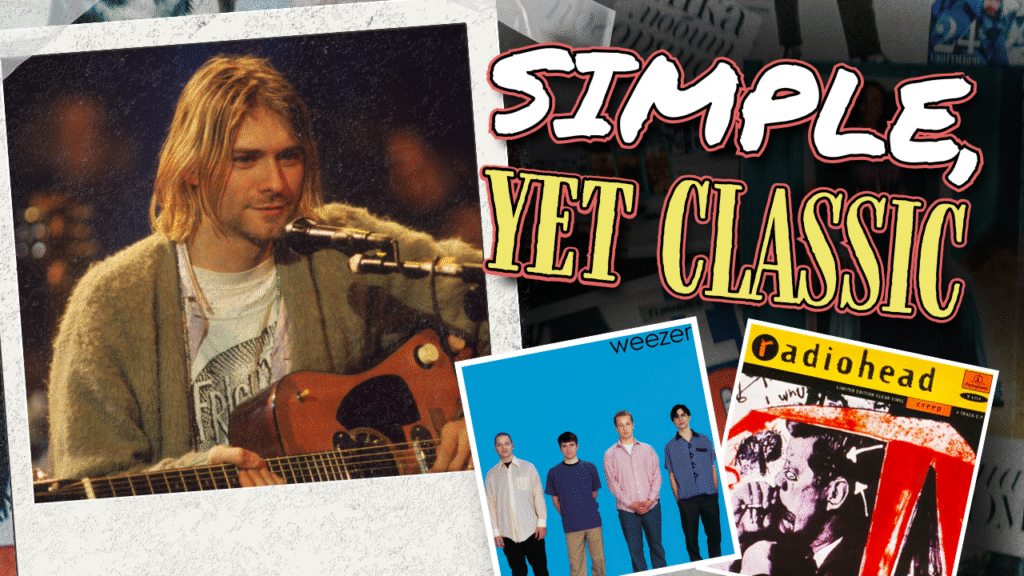
Popular music isn’t rocket science—it’s emotional alchemy built on patterns your fingers already know. The songs that colonized your brain and refused to leave rarely showcase the harmonic complexity that makes jazz professors weep with joy. Instead, they deploy simple progressions that hit like perfectly timed punchlines, creating those involuntary sing-alongs during grocery store visits. These foundational patterns have soundtracked everything from teenage bedroom existential crises to dashboard drum solos on interstate highways. You don’t need conservatory training to unlock the DNA of songs that have defined decades of human experience.
11. Wild Wood – Paul Weller

Four power chords changed everything. Nirvana’s generational anthem runs on F5, Bb5, Ab5, and Db5—the musical equivalent of a perfectly thrown punch that connects exactly where it needs to. Kurt Cobain’s approach was deceptively simple: verses hover around root notes while lead guitar work stays close to the first fret, creating accessibility without sacrificing impact.
This progression didn’t just dominate MTV rotation; it rewrote mainstream rock’s DNA. The song spent seven weeks at #6 on the Billboard Hot 100 and single-handedly shifted major label focus from hair metal to alternative rock, launching the careers of countless grunge and post-grunge bands who borrowed its formula throughout the decade.
10. Creep – Radiohead
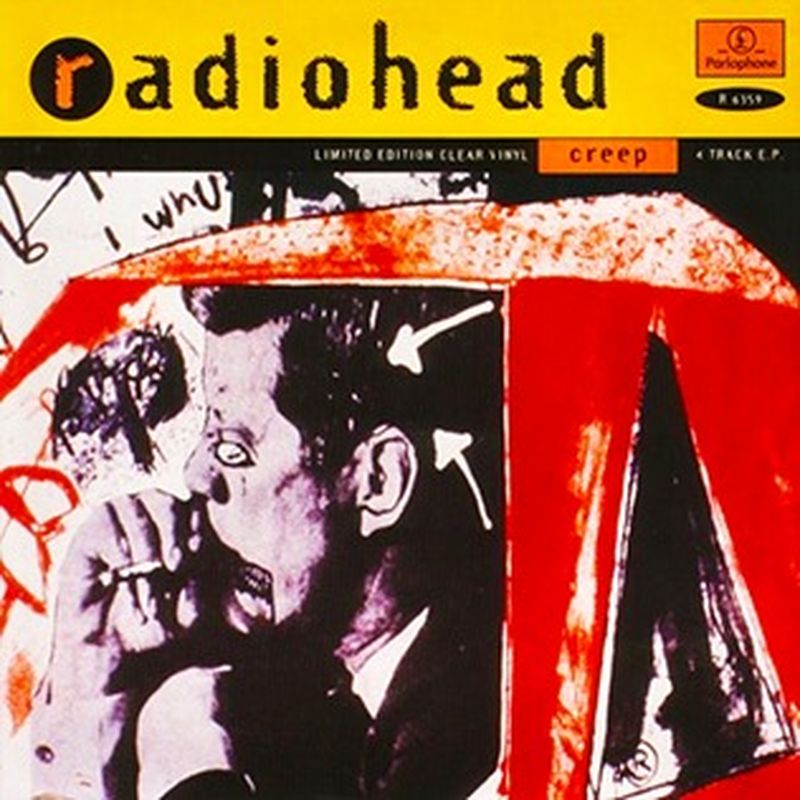
Inadequacy never sounded so beautiful. Radiohead’s early breakthrough weaponizes G major, B major, C major, and C minor to create emotional turbulence that feels like scrolling through social media at 2 AM. The progression works like a perfectly crafted anxiety attack—familiar territory that somehow keeps surprising you.
The genius happens when they introduce sus4 variations, adding harmonic sophistication without requiring advanced finger gymnastics. Whether you play it with power chords for raw intensity or full voicings for textural depth, you’re channeling the same gorgeous discomfort that made millions of listeners feel seen and understood.
9. Zombie – The Cranberries

The Cranberries transformed political protest into arena-ready anthems using Em, C, G, and D/F#. “Zombie” demonstrates how dynamic contrast can elevate simple chord changes into something monumental—like knowing exactly when to whisper versus when to scream for maximum impact.
This progression shines on acoustic guitar, where you control the emotional journey from intimate verses to explosive choruses. It’s musical storytelling that respects both quiet contemplation and cathartic release, proving that the most powerful songs often live in the spaces between extremes.
8. Knockin’ on Heaven’s Door – Guns N’ Roses
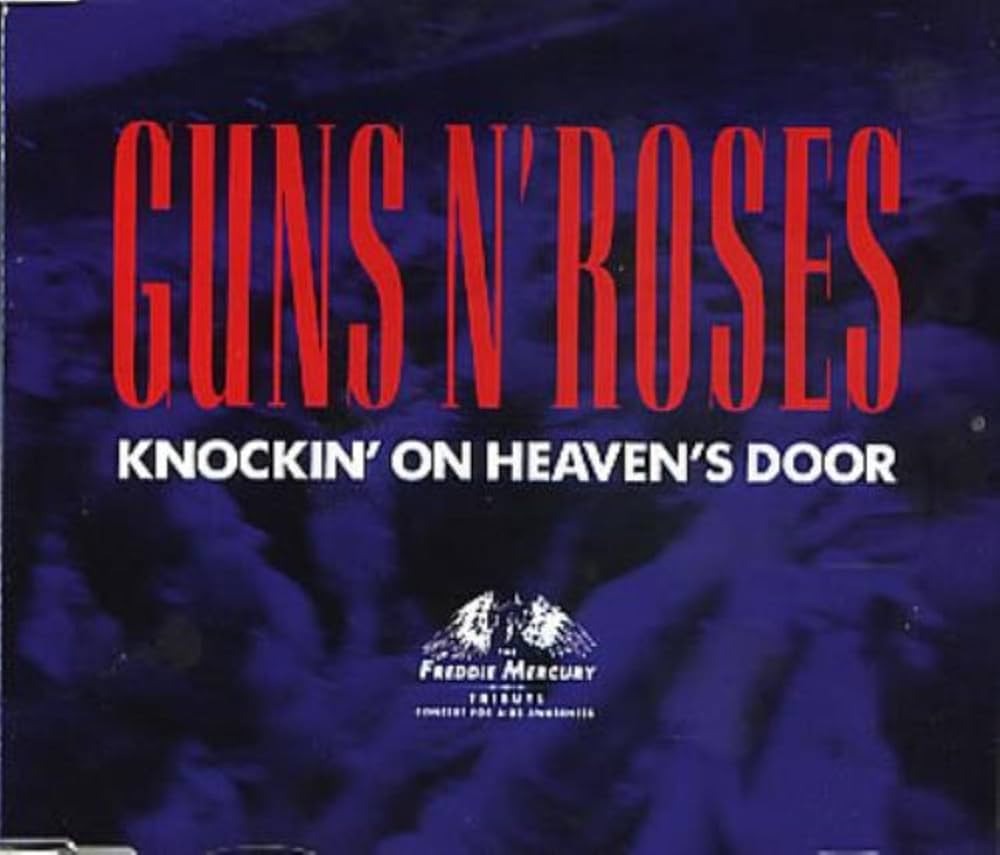
Guns N’ Roses took Bob Dylan’s folk meditation and shot it full of stadium-sized adrenaline. The song’s foundation—G, D, Am, and C—proves that the most enduring structures often use the simplest building blocks. This is musical comfort food that transcends generational boundaries.
These four chords unlock instant crowd recognition, whether you’re playing around a campfire or headlining festivals. Many players tune down half a step to match the recording, but the progression works beautifully in standard tuning for sing-along situations that unite everyone from your jazz-snob friend to your classic rock uncle.
7. Where Did You Sleep Last Night – Nirvana
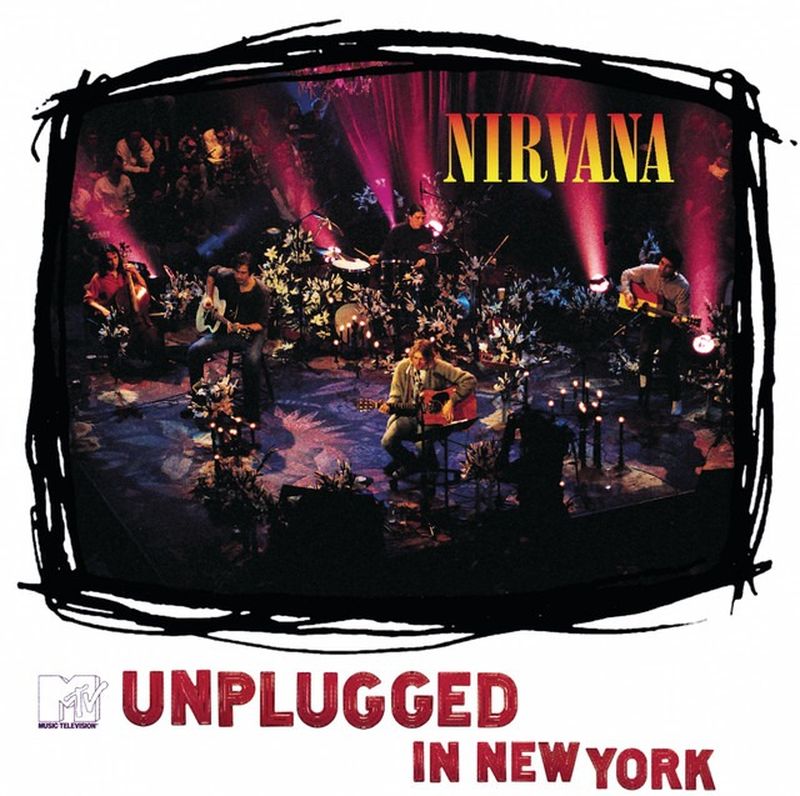
Nirvana’s MTV Unplugged performance remains one of music television’s most haunting moments. Using only E, A, G, and B major chords, Cobain created a masterclass in emotional delivery that feels like watching psychological thriller’s climactic scene. The progression’s simplicity becomes the perfect vessel for raw expression.
These basic chords demonstrate that technical complexity often takes a backseat to authentic emotion. When played with conviction, familiar progressions transform into something primal and unforgettable—proof that how you play matters infinitely more than what you play.
6. Time of Your Life – Green Day
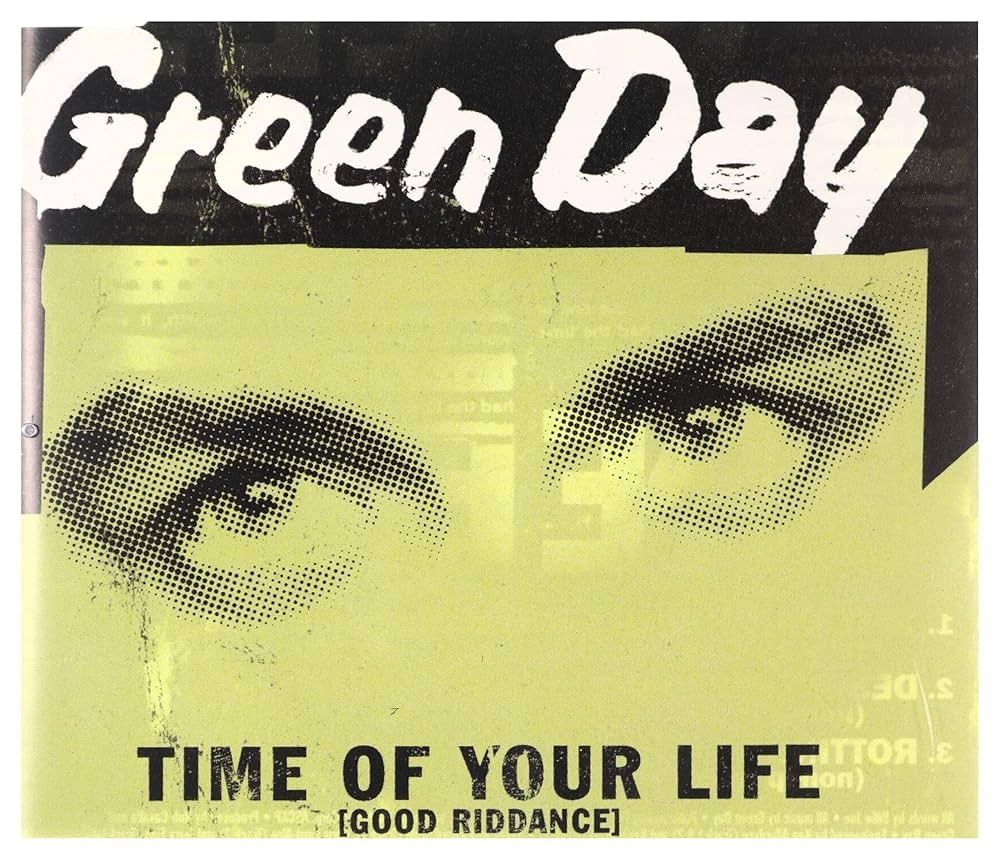
When punk rockers embrace acoustic guitars, unexpected magic happens. Green Day’s graduation soundtrack standard uses G, Cadd9, D, and Em, with that Cadd9 (played as x32033) adding just enough harmonic color to elevate the iconic opening riff beyond basic strumming patterns. The fingerpicking intro requires your thumb on the low E string while fingers pluck the higher strings in a steady eighth-note pattern.
This departure from their usual three-chord punk assault became their biggest mainstream hit, reaching #2 on the Modern Rock chart and earning Grammy nominations. The song’s success opened doors for punk bands to explore acoustic territories, directly influencing acts like The Gaslight Anthem and Against Me! to incorporate folk elements into their punk foundations.
5. What’s Up? – 4 Non Blondes

Linda Perry’s existential anthem proved that four chords could carry profound questions about life’s purpose. Built around G, Am, C, and G (with that crucial D transition), “What’s Up?” became a global phenomenon that topped charts in multiple countries despite its deceptively simple structure. The song’s power lies in Perry’s raw vocal delivery over accessible chord changes.
This progression demonstrates how emotional authenticity can transform basic components into cultural touchstones. The open chord voicings ring beautifully on acoustic guitar, while the song’s universal themes of confusion and searching resonated across demographics—proving that sometimes the most profound statements come wrapped in the simplest packages.
4. Black – Pearl Jam

Pearl Jam’s emotional masterpiece uses E, A, C#m, and B to create one of grunge’s most devastating ballads. Eddie Vedder’s vocal performance over these changes helped establish the template for alternative rock’s more introspective moments, influencing countless bands throughout the ’90s and beyond. The song peaked at #3 on the Mainstream Rock chart and remains a staple of classic rock radio.
The progression works beautifully fingerpicked or strummed, with the C#m adding harmonic tension that perfectly mirrors the song’s emotional weight. This chord sequence became a blueprint for emotional vulnerability in rock music, showing how major label success could coexist with genuine artistic expression during the corporate rock era.
3. Save Tonight – Eagle-Eye Cherry
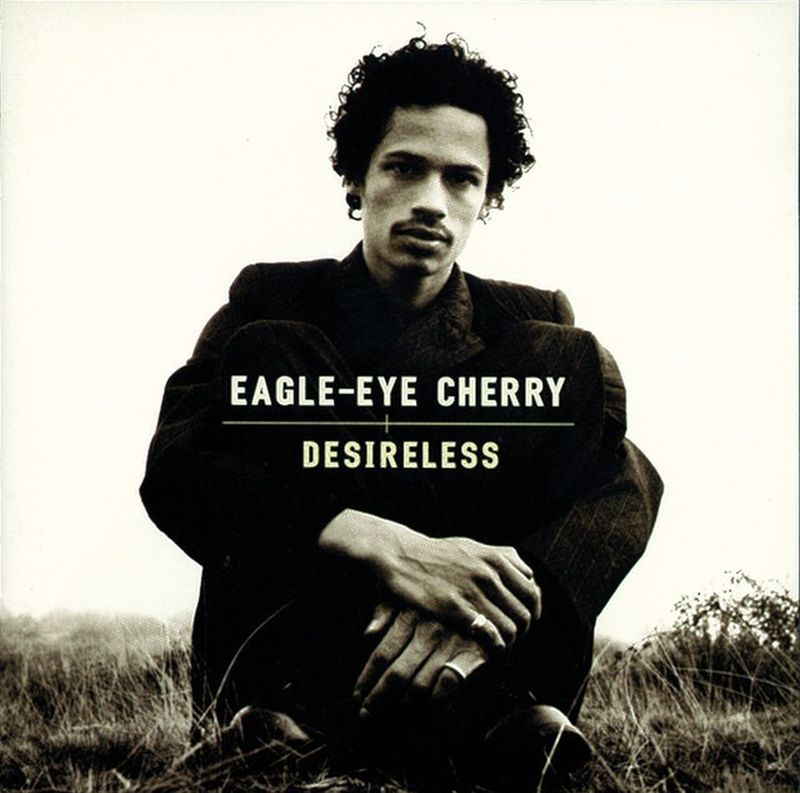
“Save Tonight” has survived decades of open mic nights because its Am, F, C, and G progression feels like musical comfort food. The key lies in the rhythmic approach: palm mute during verses with a steady down-up-down-up strumming pattern, then open up to full 16th-note strumming (down-down-up-up-down-up) during choruses for dynamic contrast that doesn’t require advanced technique.
The song peaked at #6 on the Billboard Hot 100 and dominated European charts, proving that Swedish-American fusion could conquer global markets. Cherry’s father, jazz legend Don Cherry, influenced Miles Davis—making this accessible pop hit part of a surprising musical lineage that connects bebop innovation to radio-friendly accessibility.
2. Say It Ain’t So – Weezer
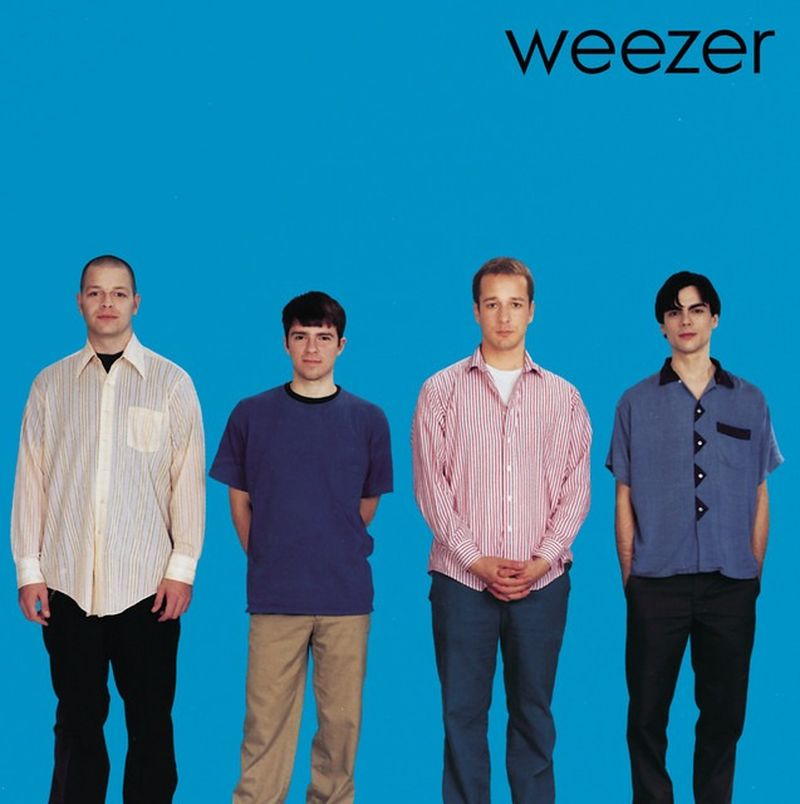
Weezer’s alt-rock classic combines basic and barre chords for its signature sound. Built around C#m, G#, A, and E (tuned down half-step), the song demonstrates how tension and release work in rock compositions. The distinctive opening riff leads into verse progressions that unlock essential 90s alternative DNA. For a deeper dive into more unforgettable 90s anthems that defined the decade, check out this collection of tracks you may have overlooked but are guaranteed to bring back memories.
These chords show how barre chord techniques can create rich, full sounds even with straightforward progressions. It’s like upgrading your streaming quality without paying premium prices—better results using familiar tools and slightly improved technique.
1. Everybody Hurts – R.E.M.
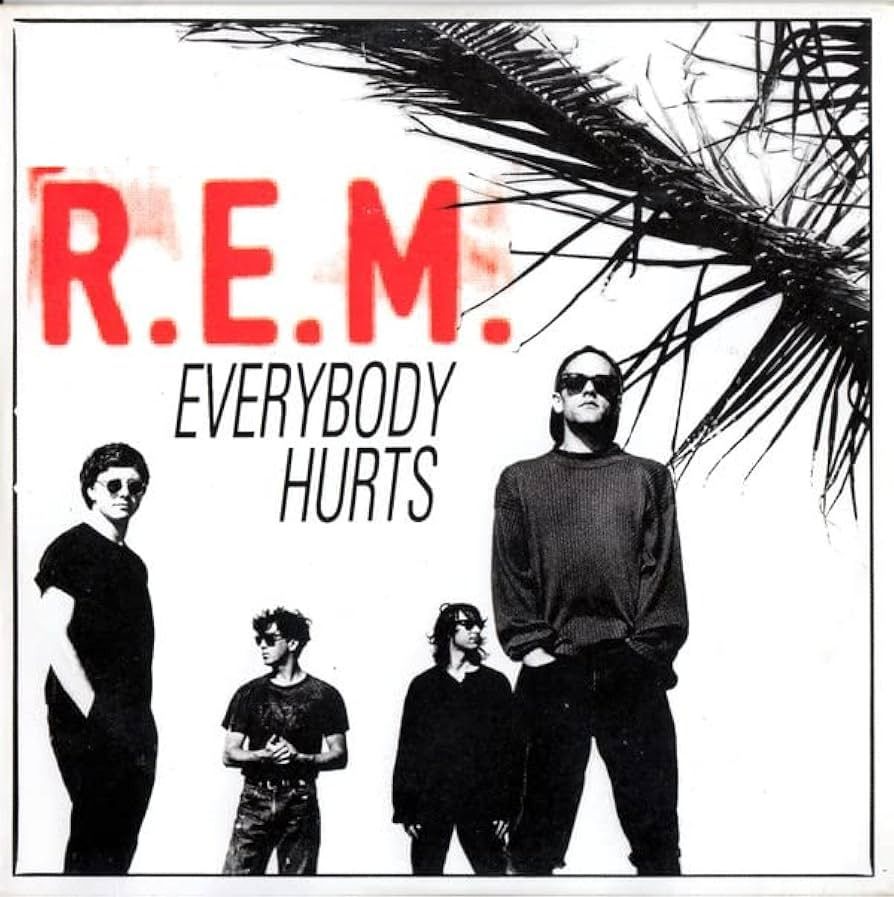
R.E.M.’s universal comfort song connects through simplicity rather than complexity. Using D, G, Em, and A with descending bass lines, the progression creates musical space that feels like having a friend sit quietly beside you during difficult moments.
The uplifting chorus contrasts beautifully with melancholy verses, demonstrating how emotional dynamics emerge from basic chord changes. These minimal elements offer genuine musical comfort during life’s inevitable low points—proof that four chords can communicate more than thousand-word essays about human resilience. For more inspiration, explore additional classic rock songs with just a few chords that showcase the power of musical simplicity across generations.





















